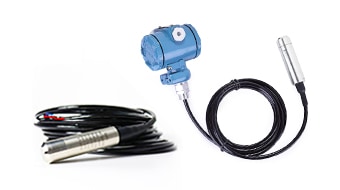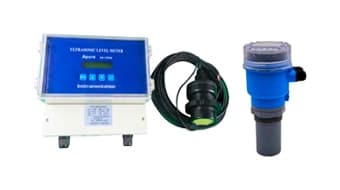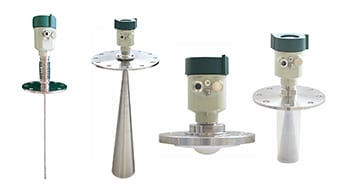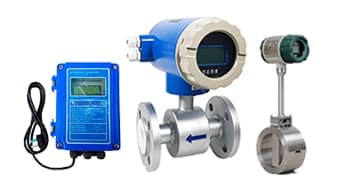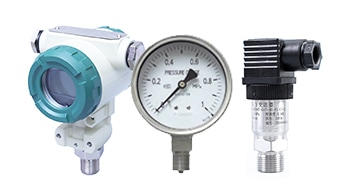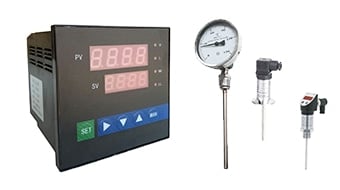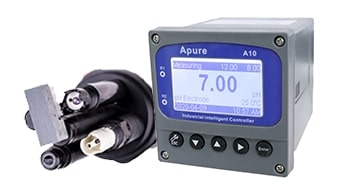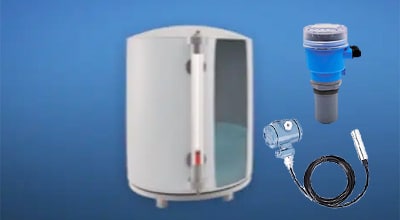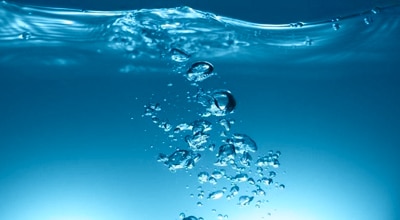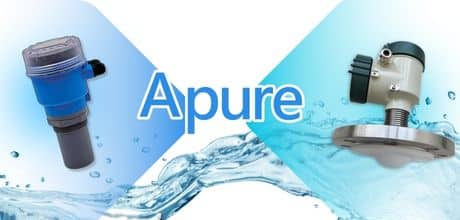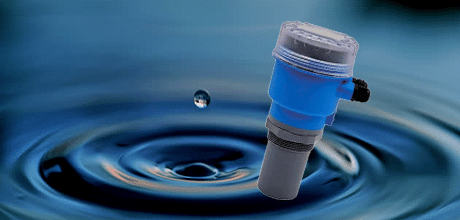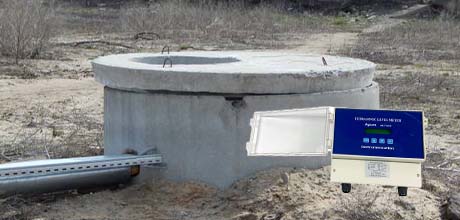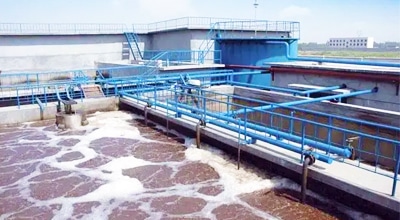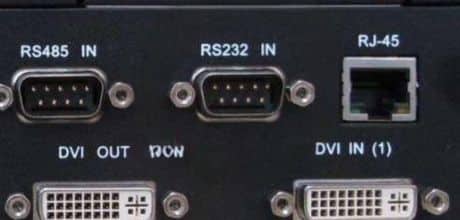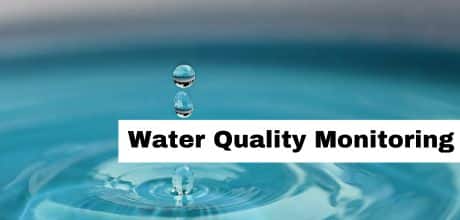Level Measurement
Liquid level sensors are used to detect the liquid level of substances that can flow. Such substances include liquids, slurries, granular materials and powders. The level measurement can be performed inside a vessel or the level of a river or lake. Such measurements can be used to determine the amount of material in a closed vessel or the flow of water in an open channel.
Levels in liquids, pastes, bulk solids or liquefied gases are often measured in tanks, silos or movable containers. For continuous, interface and density measurement as well as for point level detection a broad range of measuring principles is available.
Continuous level measurement and point level detection in liquids and bulk solids. Constant product quality, plant safety and economic efficiency – these are important aspects for any level measuring point. Apure supports you from planning through commissioning and also maintenance of your measuring point.
Magnetic float level gauges are suitable for liquid measurement in open or pressure vessels. This product can achieve high sealing, leakage and the whole process of safe and reliable level measurement.
Hydrostatic level sensor is a kind of instrument to measure liquid level by using the principle that hydrostatic pressure is proportional to the height of liquid surface. It is usually an input pressure transmitter.
The ultrasonic level meter uses the time needed after transmitting ultrasonic wave through the level or level to calculate the distance. It can be widely used to measure the height of all kinds of liquid and solid materials.
Radar level measurement can be perfectly suited for applications in all industries, both for measuring liquids and solids. Radar level transmitters are not only suitable for simple tanks, corrosive or aggressive media, but even for high-precision tank metering applications.
Capacitive level switches are commonly used in non-contact type, and the floating ball level switch is the most widely used. Electrode type liquid level switch, electronic liquid level switch, capacitive liquid level switch can also be implemented by contact method.
Types of water level sensors
Pressure Level Sensors
Hydrostatic pressure level sensors are submersible sensors used to measure the level of liquids (including corrosive liquids) in deep tanks or in reservoirs. Pressure water level loggers provide accuracy and reliability in a wide range of applications.
Ultrasonic Water Level Transmitters
Non-contact ultrasonic level sensors emit ultrasonic (20 kHz to 200 kHz) sound waves from the sensor, which also detects and measures the reflected waves. It is a digital level meter controlled by a microprocessor. In the measurement, ultrasonic pulses are emitted by the transducer (transducer). The sound waves are reflected by the liquid level and received by the same transducer. It is converted into an electrical signal by a piezoelectric crystal. The time between the emission and reception of the sound wave is used to calculate a measure of the distance to the liquid surface. This type of sensor is ideal for measuring bulk solids such as sand, cement, grain, rice and plastic particles, as well as high viscosity liquids such as slurry, heavy oil, grease and emulsions.
Magnetic Level Gauge
The magnetic flip plate level meter (also known as magnetic float level meter) is developed according to the principle of buoyancy and magnetic coupling. When the liquid level in the measured vessel rises and falls, the magnetic float in the body tube of the level meter also rises and falls, and the permanent magnet inside the float is transferred to the magnetic flip column indicator through magnetic coupling, which drives the red and white flip columns to flip 180°, and when the liquid level rises, the flip column changes from white to red, and when the liquid level falls, the flip column changes from red to white, and the red-white junction of the indicator is the actual height of the liquid level inside the vessel, thus realizing the liquid level Clear indication of liquid level. The meter can be used for medium level detection in various towers, tanks, tanks, spherical vessels and boilers and other equipment.
Capacitive Liquid Level Sensors
Due to the radio frequency signal applied to the capacitive circuit, often referred to as RF, these types of sensors are well suited for measuring a wide variety of liquids, slurries and solids. Capacitive level sensors can be used to measure media with dielectric constants between 1.1 and 90. Capacitive level switches use 2 conductive electrodes (usually made of metal) in a circuit with a short distance between them. When the electrodes are immersed in the liquid, it completes the circuit. Rugged, with no moving parts, it is easy to clean and simple to use.
Radar Level Sensors
The radar level sensor, also known as a microwave level sensor, is a level measurement instrument based on the time travel principle. Radar waves travel at the speed of light and the travel time can be converted into level signals by electronic components. The probe emits a high frequency pulse traveling at the speed of light in space. When the pulse encounters a material surface, it is reflected and received by the receiver inside the instrument, converting the distance signal into a level signal. Ideal for use in environments with varying temperatures and in humid, dusty or foggy environments. The microwave is able to penetrate temperature and vapor layers, which can be problematic for other types of water level sensors. Objects with high dielectric constants, such as metals and conductive water, reflect microwaves. Media with low dielectric constants (glass, plastic, food, paper) will absorb microwaves to varying degrees. Radar water level sensors are well suited for use in a vacuum because microwaves are electromagnetic energy and do not require air molecules to propagate.
Float Water Level Switches
Float switches are the original level sensors. They are mechanical devices. A hollow float is attached to the arm. As the float rises and falls in the liquid, the arm will be pushed up and down. The arm can be connected to a magnetic or mechanical switch to determine on/off, or it can be connected to a level gauge that will go from full to empty as the level drops. Pump float switches are a cost effective way to measure water levels in basement pumping pits.
Tuning Fork Vibrating Level Gauge
Tuning Fork Vibrating Level Gauge is an instrument that utilizes the change in vibration frequency of the tuning fork to measure the liquid level. The tuning fork is installed in the measuring vessel, and when the tuning fork is submerged by the liquid, the vibration frequency of the tuning fork changes due to the damping effect of the liquid. By detecting this frequency change, the level of the liquid can be accurately measured.
Applications
| Industries | Specific application scenarios | Role of Liquid Level Measuring Instruments |
| Petrochemicals | Oil storage tanks, reactors, pipelines, separators | Monitor the inventory of crude oil, refined oil products and chemicals, control the reaction process, prevent leakage and ensure production safety. |
| Electricity | Boilers, cooling towers, pools | Monitor the boiler water level to ensure the safe operation of boiler; monitor the cooling pool level to prevent water shortage or overflow. |
| Food & Beverage | Fermentation tanks, filling machines, storage tanks | Control fermentation process to ensure accurate filling volume and monitor raw material stock. |
| Pharmaceuticals | Reaction kettle, pure water storage tank, dosage tanks | Control the drug production process to ensure pure water supply and accurate dosing. |
| Water Treatment | Sewage tanks, clean water tanks, reservoirs | Monitor the wastewater treatment process, control the water level and guarantee the water quality. |
| Metallurgy | Blast furnace, converter, cooling pool | Monitor blast furnace charge and converter steel liquid level, control cooling water quantity. |
| Papermaking | Pulp tanks, pulp tanks, white water tanks | Monitor pulp concentration and control white water circulation. |
| Textile | Dyeing tanks, bleaching tanks, water tanks | Control dye liquid level, monitor bleaching liquid concentration. |
| Construction | Concrete mixing plant, sand and gravel quarry | Control concrete proportioning, monitor silo material level. |
Selection steps for liquid level measurement instruments
- Define measurement requirements: Determine the measurement medium, measurement range, accuracy, environmental conditions, etc.
- Selection of instrument types: According to the measurement requirements, preliminary selection of instrument types.
- Comparison of instrument performance: Compare the technical parameters of different instruments and choose the optimal solution.
- Site survey: Go to the site to confirm the installation conditions.
- Comprehensive Consideration: Consider the cost, ease of maintenance, reliability and other factors to make the final choice.


